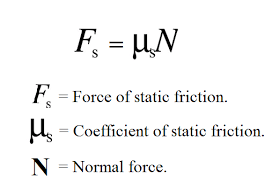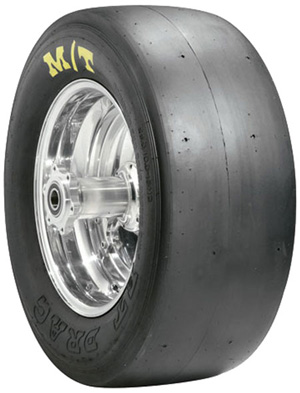
http://matadornetwork.com/wp-content/uploads/2011/05/20100802-pimpextra2.jpg
While the engine of the car is where
the power needed to move the car is produced, the wheels
are just as important from a physics standpoint.
Without the physics involving the wheels, you would not
be able to move from place to place. While we know
that friction reduces an engine's efficiency and is a
bad thing, wheels need friction. Without friction,
our wheels would just spin and we'd go nowhere!
There are two kinds of friction. In the case of a wheel operating normally, we are most interested in static friction. This is friction between two non-sliding objects. The relationship between friction and your car can be described by the following:

There are two kinds of friction. In the case of a wheel operating normally, we are most interested in static friction. This is friction between two non-sliding objects. The relationship between friction and your car can be described by the following:

http://study.com/cimages/multimages/16/frictionequation.png
The coefficient of static friction is a number that describes the amount of non-sliding friction between the two materials that are in contact. This number will change depending on the material(s) and the environment they are in. The normal force that one wheel sees is roughly a quarter of the mass of your car multiplied with the acceleration caused by gravity. Not only does this force allow us to push forward, it also is the limiting factor in how tight a turn a car is able to complete. Further, the geometry of a tire can change the coefficient of static friction. Which tire do you think creates more friction on a smooth surface? Which tire do you think creates more friction on an uneven surface?
A. B.
B. 
A. http://www.offroaders.com/tech/AT-MT-Tires/images/Ground-Hawg.jpg
B. http://freebirdcustommotorcycles.com/shopfreebird/images/pingeltires.jpg
Since you maximize friction by putting as much of the tire against the surface as possible, option B would be best on a smooth surface. Option A would be best for a very uneven surface.
The coefficient of static friction is a number that describes the amount of non-sliding friction between the two materials that are in contact. This number will change depending on the material(s) and the environment they are in. The normal force that one wheel sees is roughly a quarter of the mass of your car multiplied with the acceleration caused by gravity. Not only does this force allow us to push forward, it also is the limiting factor in how tight a turn a car is able to complete. Further, the geometry of a tire can change the coefficient of static friction. Which tire do you think creates more friction on a smooth surface? Which tire do you think creates more friction on an uneven surface?
A.
 B.
B. 
A. http://www.offroaders.com/tech/AT-MT-Tires/images/Ground-Hawg.jpg
B. http://freebirdcustommotorcycles.com/shopfreebird/images/pingeltires.jpg
Since you maximize friction by putting as much of the tire against the surface as possible, option B would be best on a smooth surface. Option A would be best for a very uneven surface.